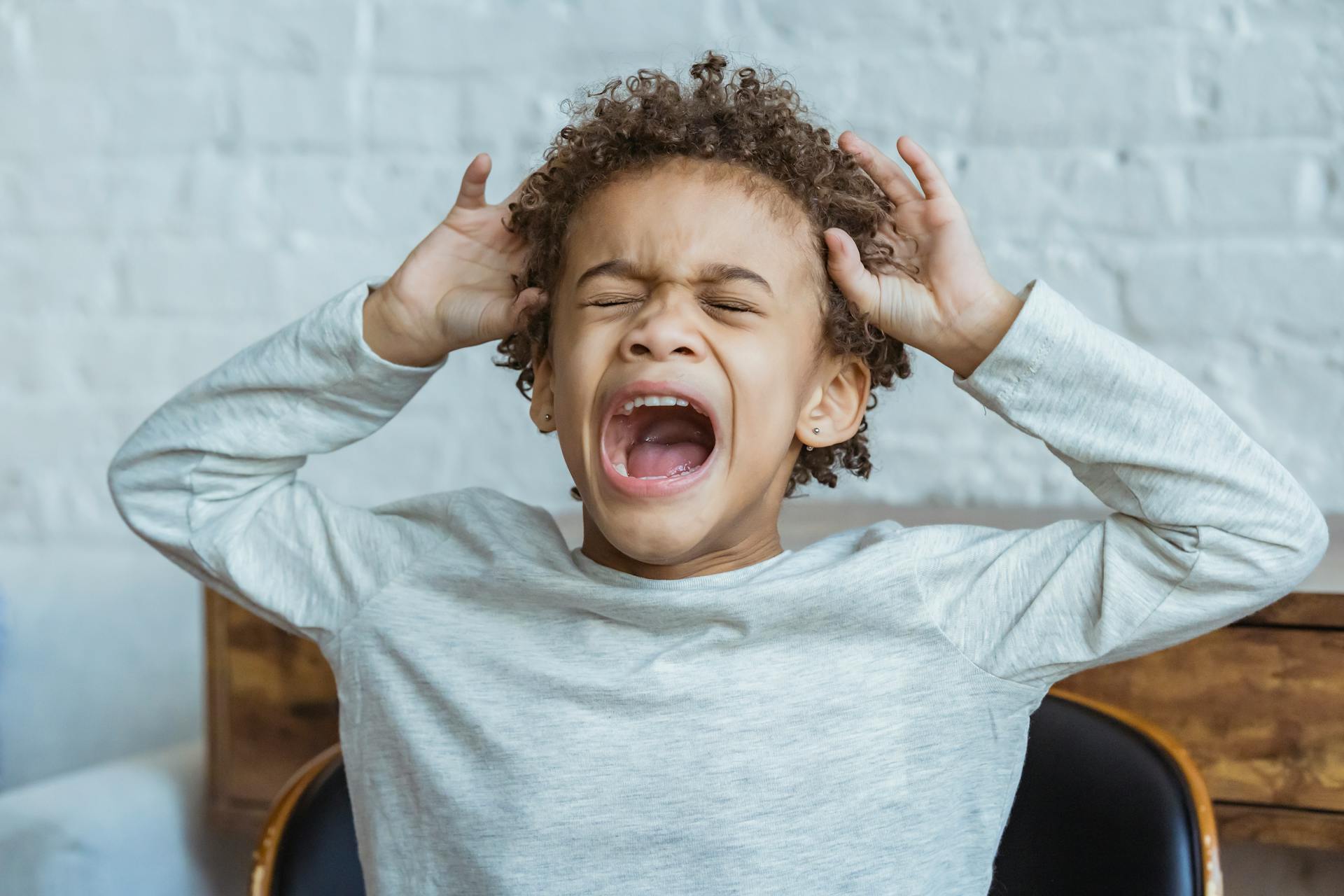Understanding Dry Drowning and Its Warning Signs in Children
When it comes to water safety, most parents are aware of the dangers of drowning while swimming or near open water. But fewer are familiar with a rare but alarming condition known as dry drowning. Despite its name, dry drowning doesn’t necessarily occur in the water. In fact, it can happen hours after a child has left the pool or beach, sometimes even while they’re sleeping.
As a parent, it’s critical to understand what dry drowning is, how it can occur, and most importantly, the signs of dry drowning while sleeping. Early detection can save a child’s life.
What Is Dry Drowning?
Dry drowning is a form of delayed respiratory distress that can happen after inhaling water, usually while swimming or bathing. Unlike traditional drowning, where a person is submerged underwater, dry drowning may occur even if only a small amount of water gets into the nose or mouth. The water irritates the vocal cords or lungs, causing them to spasm or swell. This can lead to breathing difficulties that may not become obvious until hours later.
There is also another related condition called secondary drowning, where water actually enters the lungs and leads to inflammation or fluid buildup, making it difficult to breathe over time.
While both conditions are rare, they are serious and should be taken seriously.
Who Is Most at Risk?
Dry drowning can affect anyone, but it most commonly occurs in young children under the age of five, particularly those who are still developing their swimming skills. Since small children may accidentally swallow or inhale water while playing, they are more vulnerable to water entering the airways unnoticed.
Can Dry Drowning Happen While Sleeping?
Yes, one of the most concerning aspects of dry drowning is that symptoms may appear hours after the water exposure. A child may seem completely fine after swimming, only to exhibit symptoms later—sometimes when they’re asleep.
This is why it’s vital for parents to monitor their child’s behavior and breathing closely in the hours following any water-related activity, even if there were no signs of distress at the time.
Common Signs While Sleeping
If your child has recently been swimming or playing in water, and you notice any of the following symptoms while they’re asleep or preparing for bed, seek medical attention immediately:
1. Difficulty Breathing or Irregular Breathing
Labored breathing, wheezing, rapid breaths, or long pauses between breaths during sleep could indicate fluid or swelling in the airways.
2. Persistent Coughing
A lingering cough, especially one that disrupts sleep or sounds “wet,” may be a sign that water is irritating the lungs.
3. Extreme Fatigue or Lethargy
Dry drowning can lead to reduced oxygen in the blood. If your child seems unusually tired or difficult to wake up after swimming, it’s a red flag.
4. Blue Lips or Pale Skin
These are signs of oxygen deprivation and should be treated as a medical emergency.
5. Chest Pain or Discomfort
Younger children may not be able to express this clearly, but look for signs such as clutching the chest, complaining of pain, or acting uncomfortable.
6. Vomiting
Vomiting can be a result of persistent coughing or inflammation in the lungs, and it’s also a sign of oxygen imbalance in the body.
How to Respond If You Suspect Dry Drowning
If your child displays any of the above symptoms after being in water—even if the exposure was brief—don’t wait for the symptoms to improve on their own.
What to do:
- Call your pediatrician or seek emergency care immediately.
- Monitor your child’s breathing and alertness.
- Do not attempt to treat the symptoms at home; medical professionals may need to administer oxygen or perform imaging to assess lung function.
Preventing Dry Drowning
The best way to protect your child from dry drowning is by practicing water safety and supervised swimming habits:
1. Supervise at All Times
Never leave your child unattended in or near water, even for a few seconds.
2. Enroll in Swimming Lessons
Consider age-appropriate swimming classes that include water safety education.
3. Use Proper Flotation Devices
Use Coast Guard-approved flotation devices, and never rely solely on water wings or inflatable toys.
4. Teach Safe Breathing Habits
Encourage your child to keep their mouth closed when underwater and avoid gulping or swallowing water during play.
5. Know the Risks of Even Shallow Water
Dry drowning can occur even from a bath or kiddie pool—water safety should be observed in all settings.
Dry Drowning vs. Secondary Drowning: Know the Difference
Though they are sometimes used interchangeably, there are distinctions between dry drowning and secondary drowning:
- Dry Drowning: Water triggers a reflex that causes the airways to close up immediately after inhalation. Symptoms usually appear quickly—within 1–2 hours.
- Secondary Drowning: Water gets into the lungs and causes inflammation. Symptoms might not appear until up to 24 hours later.
Regardless of the type, both are medical emergencies that require attention.
When to Call a Doctor
You should always call your pediatrician or visit an emergency room if:
- Your child has been in water and is experiencing difficulty breathing.
- You notice any behavioral changes such as confusion or extreme sleepiness.
- There’s persistent coughing or vomiting post-swimming.
Better safe than sorry—early medical intervention can prevent complications.
Final Thoughts
Dry drowning is rare, but the consequences can be severe if not recognized early. Understanding the signs of dry drowning while sleeping, especially after a day at the pool or beach, can make all the difference. As a parent, your intuition and close observation are powerful tools.
The more educated we are about the risks and symptoms, the better we can keep our kids safe around water. Don’t hesitate to seek help if something doesn’t feel right after your child’s swimming session.
















